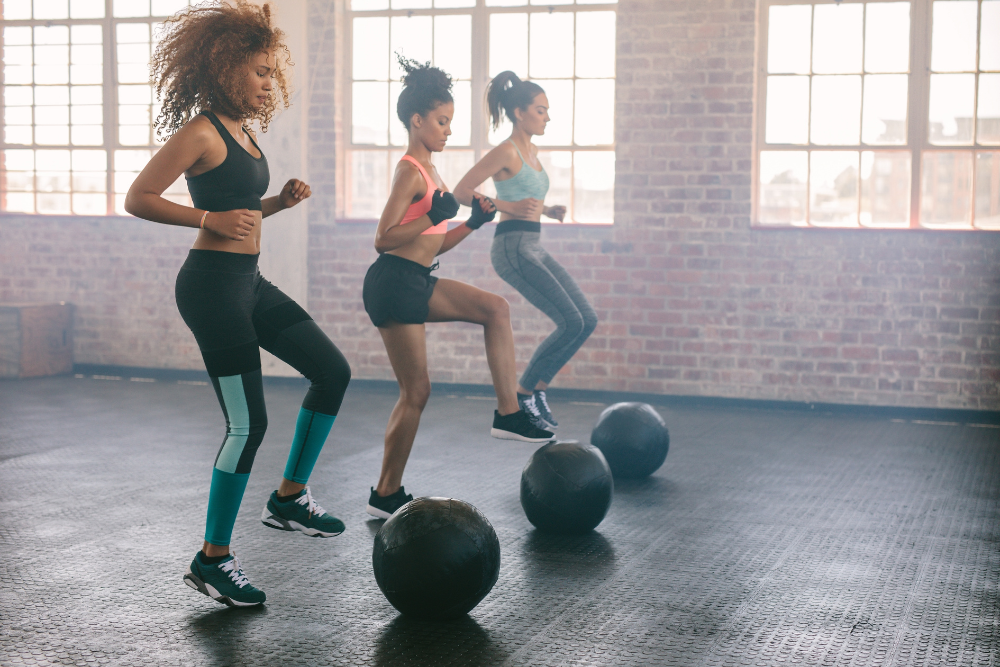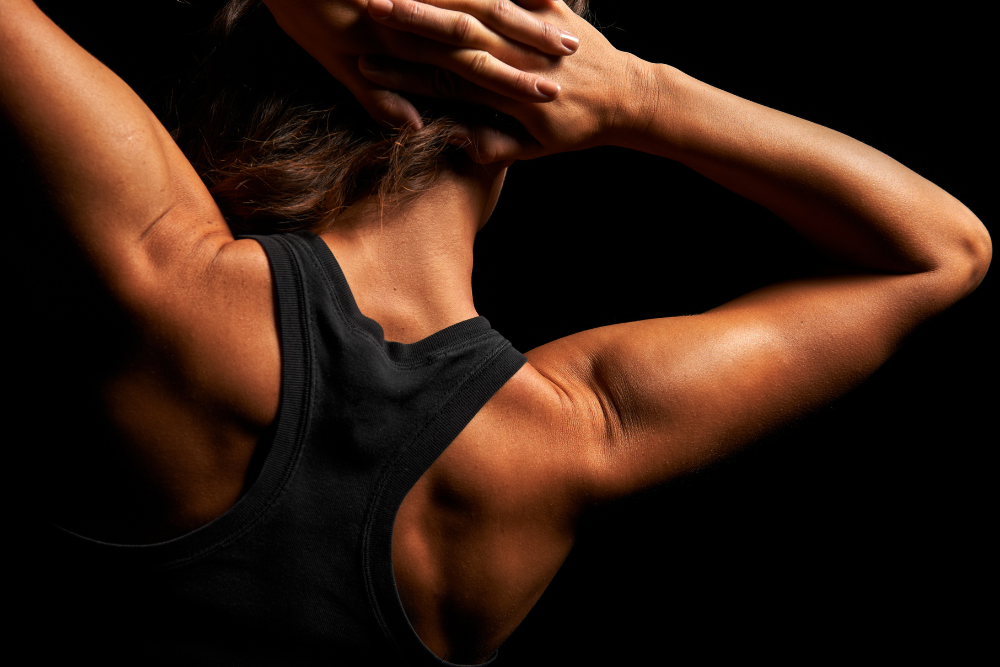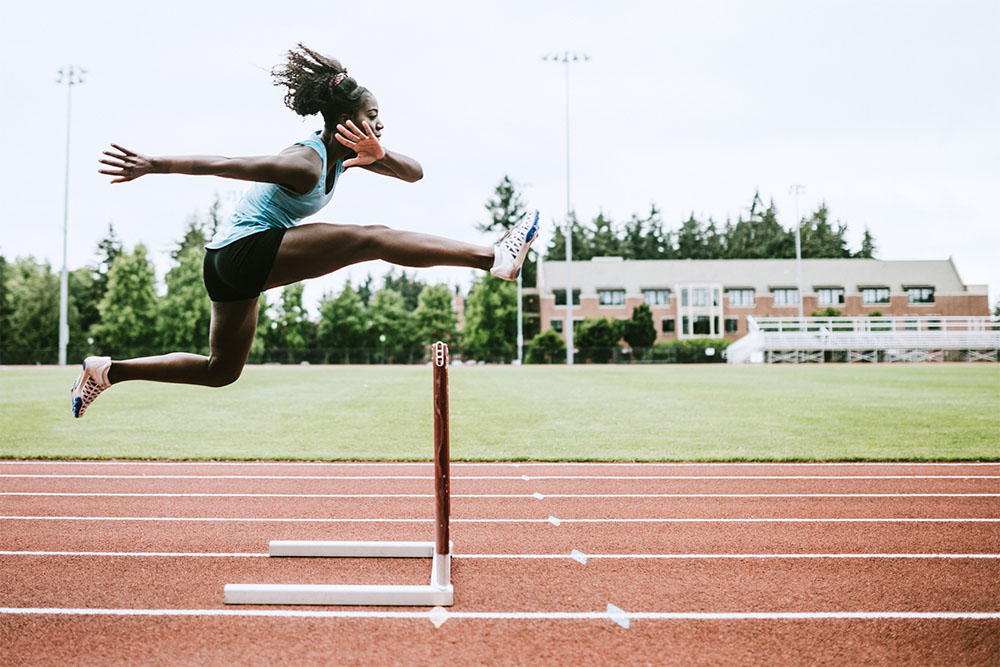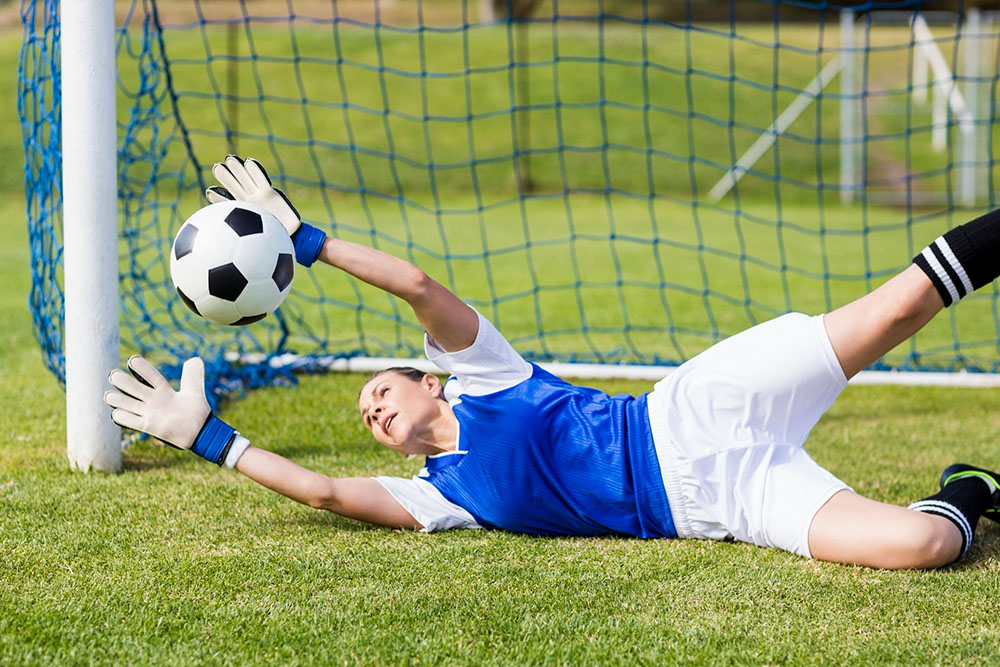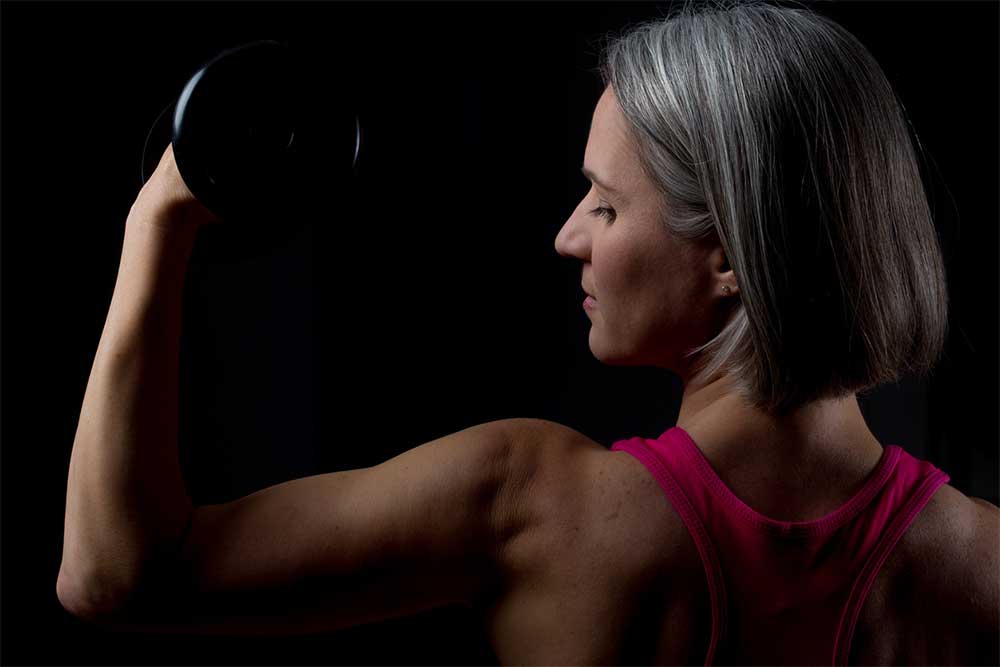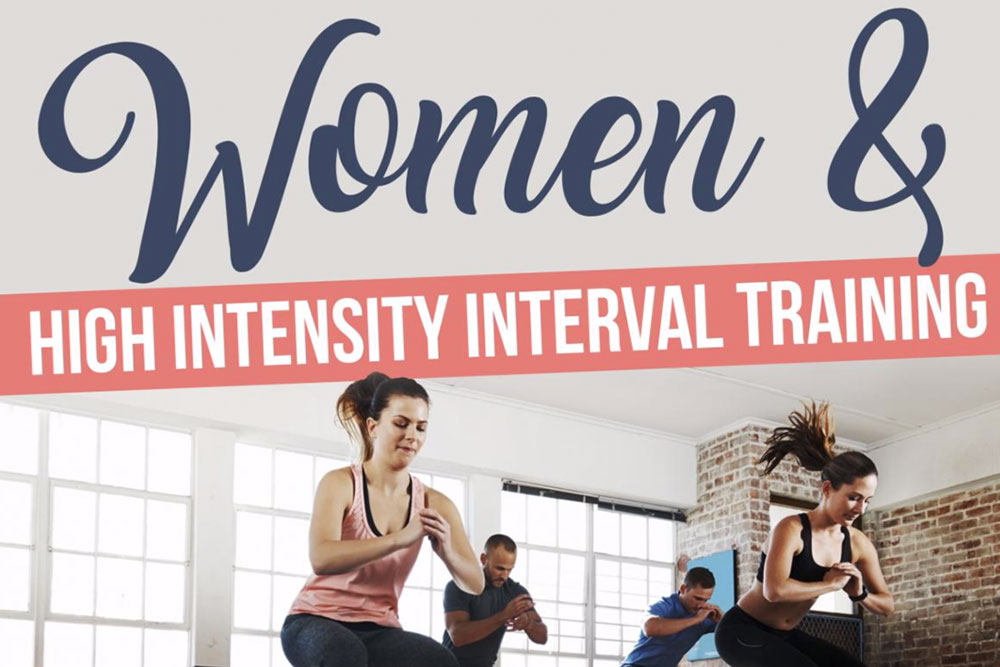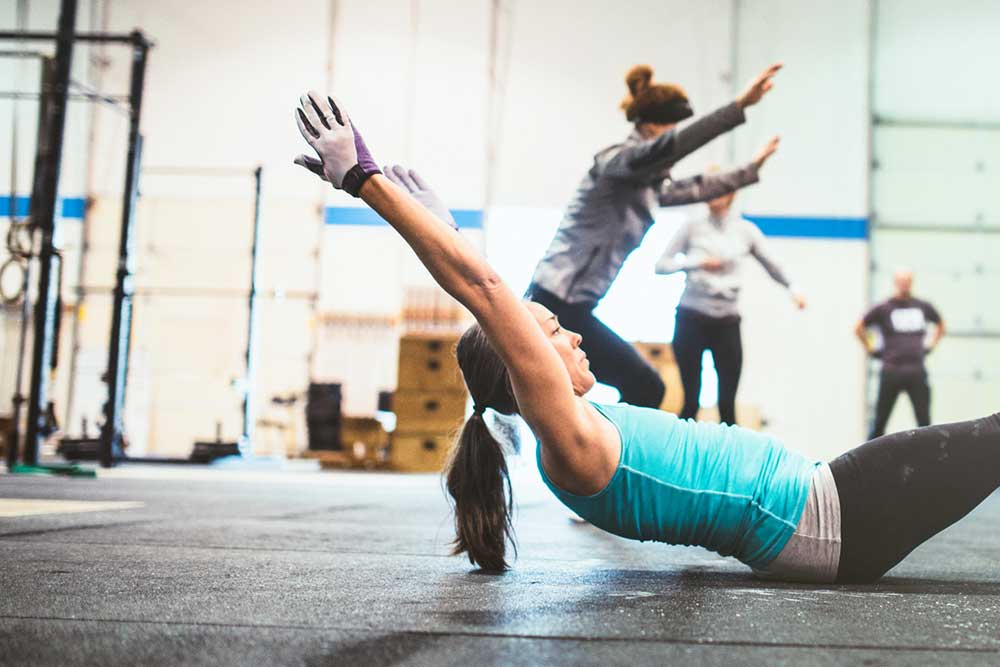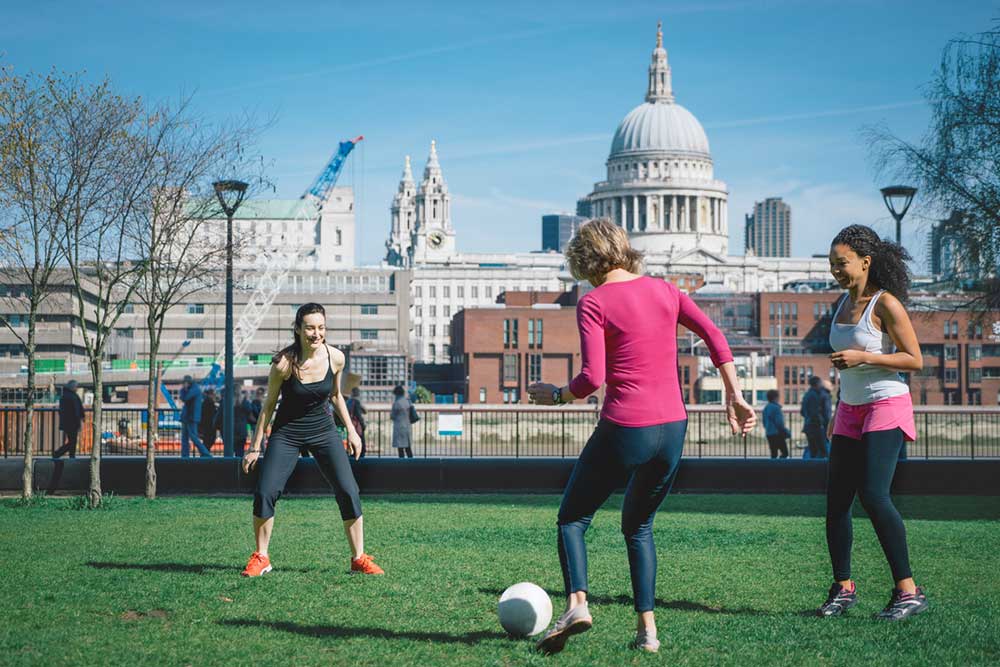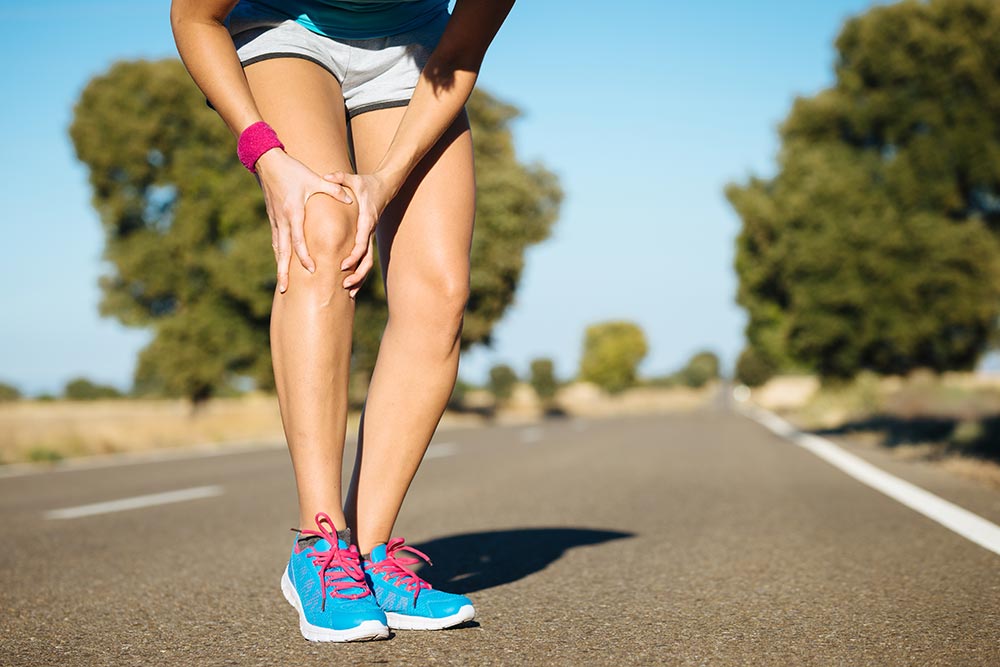Are ACL tears more common during a women’s menstrual cycle?
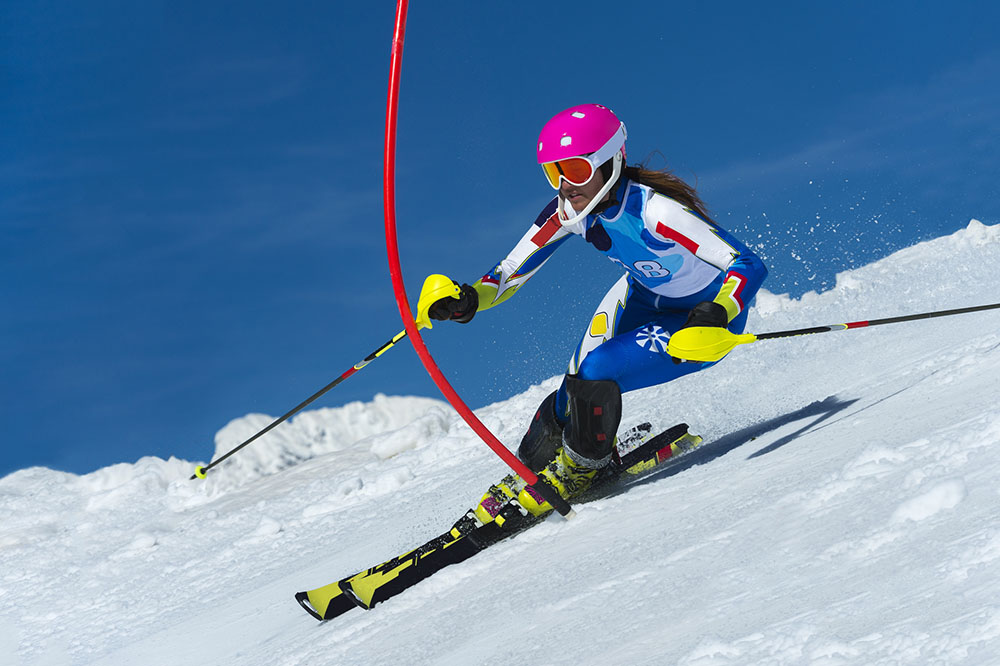
If you are an athlete or weekend warrior who has gone down with an injury, it is the arguably worst thing you can hear.
Those three dreaded syllables.
ACL.
Yep, the good old anterior cruciate ligament injury. As far as injuries go, it is one of the worst.
Not only is it extremely painful, but it also has an incredibly long recovery time associated. This means that if you happen to injure one, you can expect to have a minimum of 7 months on the sidelines – with it likely being much longer before you return to peak performance.
With all this in mind, there is a common suggestion that women are more susceptible to men when it comes to ACL injuries. And moreover, that they become even more susceptible during menstruation.
But is this really the case?
What is an anterior cruciate ligament (ACL) tear?
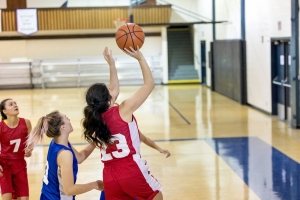 To first understand what an ACL tear is, we first need to describe the knee in some detail. See, your knee joint is comprised of three distinct bones:
To first understand what an ACL tear is, we first need to describe the knee in some detail. See, your knee joint is comprised of three distinct bones:
- Femur (which is your thighbone)
- Tibia (which is your shinbone)
- Patella (or your kneecap)
When looking at joint structures, your bones are connected to other bones by ligaments, which are strong bands of rigid connective tissue that help provide joint structure and stability. Consequently, there are four primary ligaments in your knee, one of which being your anterior cruciate ligament (or ACL for short).
Your ACL runs diagonally through the middle of your knee. In this manner, it prevents your tibia from sliding forward in front of your femur. Additionally, it also provides a whole lot of rotational stability to your knee.
Now, as I am sure you might have guessed, an ACL tear occurs when this ligament is placed under so much strain that it ruptures.
While not always the case, an anterior cruciate ligament tear is most likely to occur when the knee is placed under a combination of huge amounts of shear and rotational force at a single point of time (think landing tasks, and rapid changes of direction at high speed).
Are women more likely to tear their ACL than men?
One of the hottest topics in sport right now relates to ACL injuries in female athletes.
See, over the last decade we have seen a huge body of research clearly demonstrating that female athletes are are at a much greater risk of incurring an ACL injury than male athletes in almost every sport on the planet.
But why are women more prone to ACL tears than males?
Well, it could really come down to several reasons (Ireland, 2016).
First and foremost, female athletes tend to receive much less funding than male athletes. Consequently, the quality and amount of technical coaching and physical conditioning they receive also tends to be less.
As I am sure you can imagine, this reduces how physically prepared they are for their sport, which increases injury risk significantly.
Secondly, females have markedly different lower limb and pelvis anatomy than their male counterparts. In this miner, they have wider hips, which results in a greater angle in which their femur meets their tibia – whereby more force is distributed through the ligaments of the knee.
Finally, the hormone profile of women (being more estrogen dominant) can cause ligaments to become laxer. This unique consideration can also result in a heightened risk of ligament tears.
And it is this final point that really leads us to the next part of the discussion…
ACL injuries and the menstrual cycle
When we are talking about the hormonal differences between men and women, it is important to note that they are not constant. In fact, female hormone levels can change drastically throughout the month in accordance to their menstrual cycle.
And it is this which can have a serious impact on ACL injury risk.
Different phases of menstrual cycle
The menstrual cycle is essentially comprised of two key phases (Frankovich, 2000):
- The follicular phase (FP)
- And the luteal phase (LP)
The FP lasts from day one of the menstrual cycle until ovulation (approximately day 14), while LP lasts for the 14 days the follow ovulation. With this in mind, using a ‘normal’ 28 day cycle as an example, FP will last from days 1-13, ovulation will occur on day 14, and LP will last from days 15-28.
Now, if we want to discuss some of the hormonal changes that occur in conjunction with these phases, we actually need to look at them in a little more detail.
See, the follicular phase can also be split into two sub phases, known as early FP and mid FP.
Early FP is characterized by low concentrations of the two hormone’s estrogen and progesterone, while mid FP is characterized by high levels of estrogen and low levels of progesterone.
Alternatively, the LP is typified by high levels of both estrogen and progesterone.
Are ACL tears more likely to occur during certain phases of the menstrual cycle?
The primary reason that we are interested in these hormonal fluctuations comes down to menstrual cycle and ligament laxity (Lefevre, 2013).
The low levels of both progesterone and estrogen typical of a normal LP have been shown to contribute to an increase in ligament laxity. This means that prior to ovulation, the ACL ligament is less rigid, and therefore more likely to tear.
So, if you want to really understand why gender differences between males and females exist when it comes to ligament injuries, looking into the menstrual cycle and injuries is a great place to start.
Do oral contraceptives make a difference?
Before we dive into how you can prevent ACL injuries, I wanted to provide a little bit of information around birth control and ACL tears (DeFroda, 2019).
As you would be aware, oral contraceptives are incredibly common.
As a result, they are frequently used by female athletes and gym goers alike. Importantly, these compounds typically contain a potent combination of both estrogen and progesterone, which collectively act to downregulate native hormone secretion.
In this manner, they limit the normal hormonal fluctuations associated with the menstrual cycle.
Now, remember, these are the same two hormones that are low in the FP of menstruation. Moreover, lower levels of these hormones have also been shown to contribute to an increase in ligament laxity at this same point in time.
AS such, the use of oral contraceptives has actually been shown to cause up to a 63% reduction in ACL tears in females aged 15-19 years of age (which also happen to be a group that is highly susceptible to ACL tears).
What does the research say?
Just to reinforce the fact that the above information is not merely hypothetical, there is a growing body of research clearly demonstrating that:
- Females are more susceptible to ACL tears during their follicular phase, and
- That oral contraceptives can have a preventive effect.
In fact, a recent systematic review looking to answer this exact question collected the data from several individual research studies to determine conclusively whether this was indeed the case, or not – and who would have guessed it, but it was exactly as we thought (Herzberg, 2017).
Using a pool of a whopping 68,758 participants, it was clearly identified that women were at a significantly higher risk of ACL tear before ovulation, during their follicular phase. Within this, it was clearly shown that women who took contraceptives were on average 20% less likely to have an ACL tear, irrespective of their age, than those who did not
Pretty crazy, really.
Are other injuries more likely to occur while women are on menstrual cycle?
With all this in mind, you might be wondering whether being in the follicular phase of menstruation increases your risk of other injuries, as well as increasing ACL injury risk – and the answer is maybe.
Or rather, it is highly likely (Chidi-Ogbolu, 2018).
See, the laxity caused by the hormonal fluctuations mentioned above is not just limited t the ACL, but to ligaments throughout the rest of the body as well. This means that during FP, female athletes are at an increased risk of all ligament injuries.
This means ankles, shoulders, and even elbows!
While there is only a small body of research in the area, this association appears highly likely as the mechanisms that contribute to this change in ligament function are exactly the same as those that increase ACL injury risk.
Tips to prevent ACL injuries
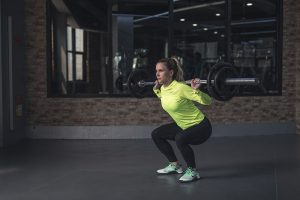 Taking all the above into consideration, I wanted to give you some great tips you can implement to help prevent ACL injuries – no matter where you are in your menstrual cycle. (Nessler, 2017).
Taking all the above into consideration, I wanted to give you some great tips you can implement to help prevent ACL injuries – no matter where you are in your menstrual cycle. (Nessler, 2017).
Lower limb strength
Your first point of call should be increasing lower limb muscular strength.
This means training the quadriceps, hamstrings, and gluteal muscle groups in isolation to ensure that they have the foundational strength required to maintain good lower limb alignment during athletic tasks.
Once this has been developed, it is then time for you to integrate these muscle groups into complex movement patterns that underpin athletic movement tasks. Squats, lunges, split squats, and deadlifts are your best options here.
Core strength
While building lower limb muscular strength, you also want to place a premium on the development of your core strength. This will have an immediate impact on your balance and neuromuscular control, while also enhancing your ability to absorb and distribute force during athletic movement tasks.
Plyometric ability
Finally, in conjunction with all this strength development, you also want to improve your ability to land and jump – which is done through the inclusion of plyometric exercises.
When performed with optimal technique, plyometric exercises teach you how to absorb force appropriately upon landing, while also maintaining good knee alignment. They also teach you how to use your muscular system to produce force rapidly in a safe and efficient manner.
Talk about bang for your buck!
Plyometric exercises should progress from bilateral movements to unilateral hopping movements – and make sure you try and replicate your sport demands as much as possible!
Related Article: Plyometric Training Exercises & Agility
Should I take any extra precautions on cycle to avoid an ACL tear?
This is where things get a little bit tough – see, the only thing you can really do in the short-term to reduce your ACL injury risk on cycle is to avoid any physical activity that stresses the ACL.
And for many athletes, this is simply not an option.
This means that undertaking a high-quality injury prevention program during pre-season is paramount. It is during this time that you develop the neuromuscular qualities required to manage the demands of your sport appropriately.
It is this that will reduce your risk of injury.
So, make sure that you prepare yourself appropriately, and then reap the rewards.
Take Home Message
ACL injuries are one of the most debilitating injuries on the planet. Unfortunately, they are also the most common – especially for the female athlete.
To make matters even worse, ACL injury risk appears to increase before ovulation during the follicular phase of the menstrual cycle. And while oral contraceptives may provide some protection, they are not always going to be the best solution.
Which is why preparing your body appropriately is so important.
So, what are you waiting for? Implement the tips outlined in this article and limit your risk of injury as much as humanly possible!
Related Article: The Risks and Causes of ACL Injury and How You Can Prevent Them
References
Ireland, Mary Lloyd. “The female ACL: why is it more prone to injury?.” Orthopedic Clinics 33.4 (2016): 637-651.
Frankovich, Renata J., and Constance M. Lebrun. “Menstrual cycle, contraception, and performance.” Clinics in sports medicine 19.2 (2000): 251-271.
Lefevre, N., et al. “Anterior cruciate ligament tear during the menstrual cycle in female recreational skiers.” Orthopaedics & Traumatology: Surgery & Research 99.5 (2013): 571-575.
DeFroda, Steven F., et al. Oral contraceptives provide protection against anterior cruciate ligament tears. a national database study of 165,748 female patients. The Physician and sportsmedicine (2019): 1-5.
Herzberg, Simone D., et al. The effect of menstrual cycle and contraceptives on ACL injuries and laxity. a systematic review and meta-analysis. Orthopaedic journal of sports medicine 5.7 (2017): 2325967117718781.
Chidi-Ogbolu, Nkechinyere, and Keith Baar. “Effect of estrogen on musculoskeletal performance and injury risk.” Frontiers in physiology 9 (2018).
You Might Like:

